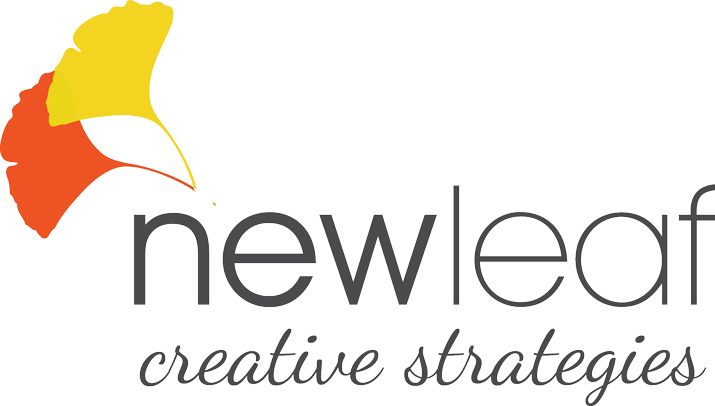Does this sound like you: “This idea is perfect—my customers will love it!”?
Have you said that before and ended up disappointed? Disappointed that you didn’t get the response you were hoping for? Or disappointed that not everyone was as enthusiastic as you?
It’s ok, it happens to most people.
But, it doesn’t have to happen to you anymore. Because I hope to show you the real difference between what you want and what your customers want—your core customer value.
Knowing what your customer wants will give you a brand development process that equals better customer loyalty. It will make it easier to write and deliver products that reach your target audience…with as much enthusiasm as you have!
You want the best for your customer
…but they don’t know it.
Because you understand your customer’s problems from an outside perspective, you’re probably well aware of what your customer needs.
The problem, especially for your business, is that a need is not a want. When you give customers what they need, they can’t connect with it. It’s not a core customer value. A need is too practical… and personal problems make people emotional.
For example, if you have a friend in a bad relationship, you know they need to break up. But, they want hope that it will work out and that they can somehow find comfort in the relationship.
If you’re a personal trainer, you may know that your client needs to work out more and eat less. What your customer actually wants is a beach body that will attract the opposite gender without much effort. There’s a difference there.
Even when needs and wants are similar, the language they’re described in is very different! And this makes all the difference in your brand communication strategy and in getting customers to your website.
What your customer wants
Your customer wants an emotional gain. They want a promise and a “light at the end of the tunnel.”
This doesn’t mean you should make false promises. It means you can connect with your customer’s core values in way that makes sense to them. Then, use what you know they need to achieve the goals they want.
When your customers have faced a problem for a long time, it is difficult for them to connect the outcome they’re looking for with the action that will achieve it. So, build the bridge for them.
How to appeal to your target audience and get conversions
Whenever you have an idea of what your customer wants, ask yourself:
Does this fulfill an emotional want?
Is it something someone stuck in a rut can relate to?
How can I present this need as a want so that my customers will be happy?
Tell them the outcome that you can provide. Make sure it’s an outcome that they want. Are you expressing your core customer value?
• Search for the keywords and phrases your customers are using on Google’s Keyword tool
• Ask prospective clients and previous customers to describe their emotions and their wants
• Try different adjectives in your copy and see what converts well
Emotions are very powerful. If you can connect with the right ones in your brand communication strategy, you’ll soon be drawing in clients and creating authentic customer loyalty.
Go read over your copy and make sure you’re addressing your customers’ wants. Are there emotional adjectives in your writing?


